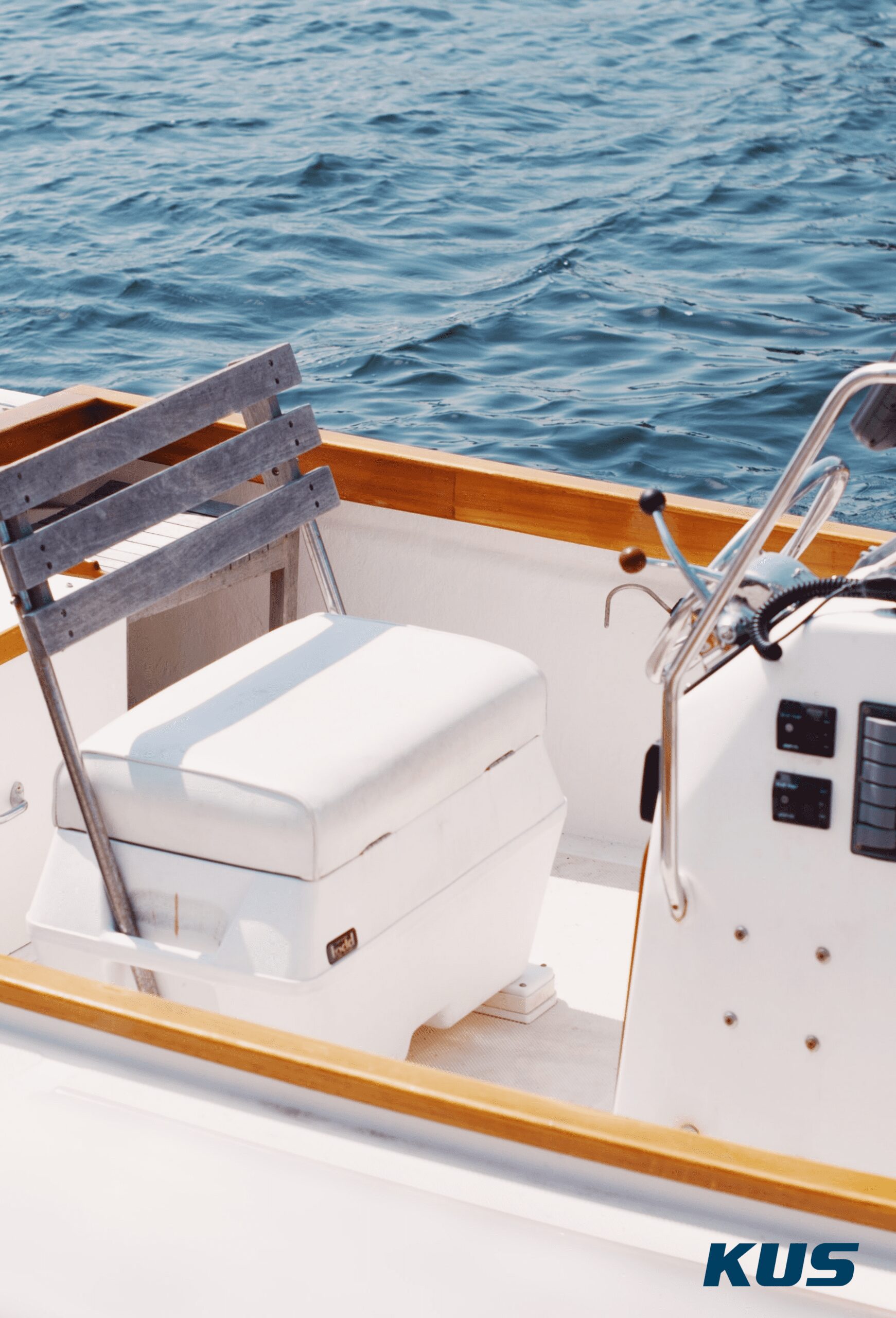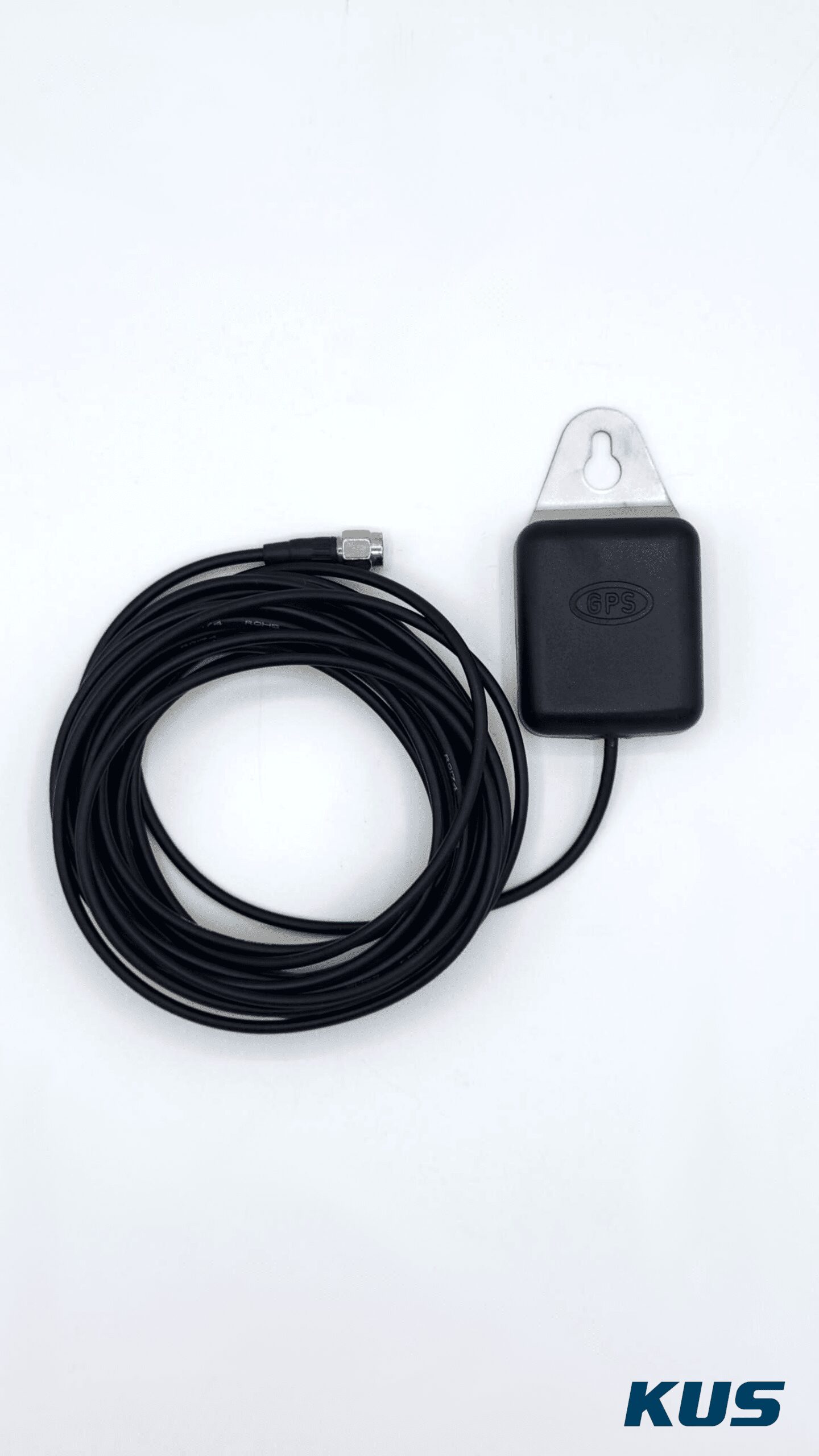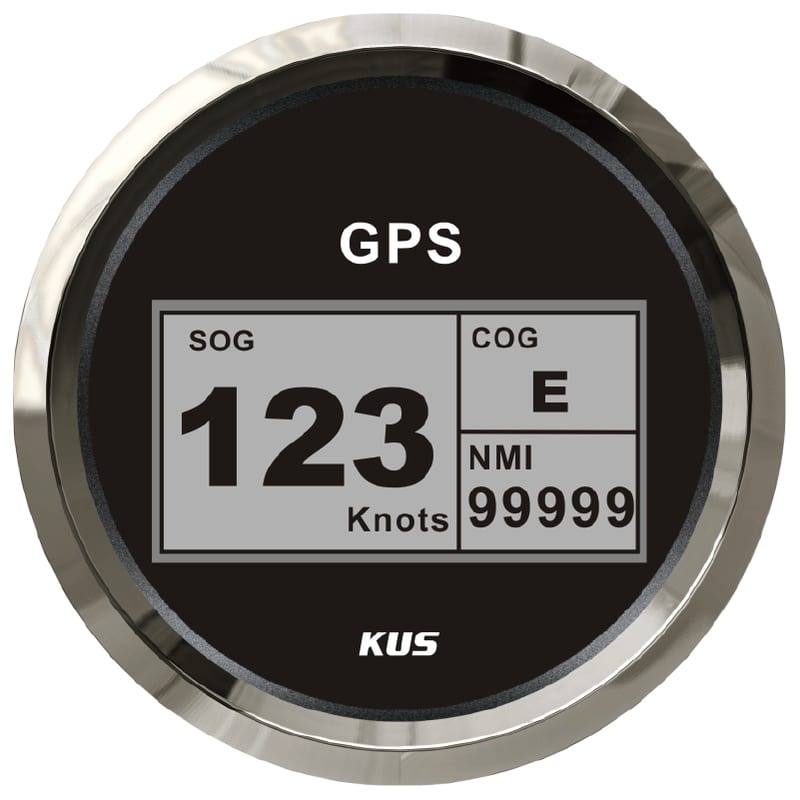You are no doubt already familiar with a speedometer gauge, which measures and displays the speed of a boat or vehicle. The device comes standard in motor vehicles and is also frequently seen in the majority of vehicles, boats, and off-road vehicles traveling on roads, waterways, or trails where speed would be vital as it pertains to operation and safety.
Speedometers tend to fall into one of two categories: traditional or GPS. Both types of speedometers measure speed, but it’s how that speed is measured that results in two different degrees of accuracy for the end user that ultimately is the main difference between the two technologies.
How Does a GPS Speedometer Measure Speed?
A traditional speedometer relies on mechanical or electronic parts to determine speed in vehicles and pitot tubes to determine speed in boats. The issue with these forms of speed measurement is that the technology can produce an inaccurate reading due to underlying variable factors that are oftentimes based on the application in which they are being used.
This is where a GPS speedometer, also known as a positional speedometer, comes into play. A GPS speedometer does not rely on the aforementioned inputs to determine speed but instead uses the equipment’s relative position change. A GPS speedometer uses a signal receiver to communicate with satellites that orbit the Earth to calculate how fast you are traveling, whether on land or water. The signal receiver tracks the location of the vehicle over time and measures the distance traveled to determine speed. A GPS speedometer is generally a more accurate way to measure the speed of vehicles, boats, and off-road vehicles because it isn’t affected by the same underlying variable factors that affect traditional speedometers.
In comparison to a GPS speedometer, a traditional speedometer using pitot tubes can be off by as much as 15 miles per hour at times. If boating, this can be attributed to anything that may affect the density of the water and if the boat is on still water vs. moving current. Inaccuracies in traditional speedometer readings have left many users to opt for newer technologies.

"A GPS speedometer does not rely on the aforementioned inputs to determine speed but instead uses the equipment’s relative position change."
Use Cases for a GPS Speedometer
There are a number of reasons why you might decide to upgrade to a GPS speedometer including increased accuracy, avoiding fines, better compatibility, overall versatility, and course direction.
Increased Accuracy
The most common reason why people purchase a GPS speedometer is to determine the exact speed at which their vehicle is traveling more accurately. Some builds are more accurate than others due to variation in manufacturing capabilities and materials selected.

A GPS speedometer is most accurate when you are traveling in a straight path with no overhead interference. Entering tunnels or traveling on windy or hilly roads may impact GPS speedometer accuracy when traveling via motor vehicle. Similarly, traveling under bridges or in an erratic manner during a weather event may reduce GPS speedometer accuracy via boat. It’s also important to note that GPS speedometer accuracy can be affected in areas where objects can obscure the view between the satellite and receiver, such as tall buildings within a city while driving or abstract and dense foliage along a deep river basin when boating.
KUS GPS speedometers come packaged with a 32-channel GPS signal receiver. This speeds up satellite acquisition time and provides positioning accuracy. Extra channels reduce signal obstruction from buildings, trees, bridges, and more by using slightly different tracking loop parameters. Overall, the use of more channels provides more raw data to be used when determining the position of the receiver.
Quality GPS speedometers, such as the ones KUS manufactures, offer stronger signal strength and are less likely to drop a signal due to our in-house vertically integrated testing capabilities. This results in higher accuracy. You can also use a GPS speedometer in combination with a non-GPS speedometer to compare speed measurements. A traditional speedometer is a reliable backup in rare instances where signal strength is low.
Avoiding Fines/Obeying Laws
There are situations where drivers need to confirm that their vehicles are traveling at the proper speed, whether hauling gear across highways or shipping freight on water. A GPS speedometer ensures that you are not in violation of speed laws and encourages more efficient travel as fluctuations in speed can affect your gas mileage.
Accurate speed readings can also help you avoid accidents,
regardless of mode of travel.
Better Compatibility
GPS speedometers are compatible with nearly all vehicles, including motorcycles, ATVs, boats, and construction equipment to name a few. They typically are easier to install than traditional speedometers. GPS speedometers also require little maintenance beyond maintaining a good electrical connection. They are useful on machines where you cannot determine speed from any other sensors on the equipment.
KUS GPS speedometers are compatible in either 12V or 24V systems.
Versatility/Added Features
GPS speedometers often display information beyond speed, including total mileage and engine RPM in motor vehicles. KUS’ GPS speedometers are also designed for use in boats and other marine based vessels. They display speed over ground (SOG), course over ground (COG), nautical mileage (NMI), and speed (knots).

Select KUS GPS speedometer units have a GPS antenna built in. With these units, mileage accumulation is saved even when the unit is powered off. A KUS sales representative can explain the available options and help you determine which unit is right for your needs and application solution.
Course Direction
You can also use a GPS speedometer to determine the course direction in which your boat or vehicle is moving, assuming this feature is built into your unit (often labeled as COG). This is different from heading, which describes the direction a vehicle or boat is pointing. GPS speedometers typically display course information in terms of cardinal and intercardinal directions that you would expect to see on a compass. Though some GPS speedometers may display this information in compass degrees, where north is expressed as 360 degrees.
Course direction is incredibly useful when traveling through areas where landmarks cannot be seen to dictate a previous position, such as traveling in the middle of the ocean on a boat. This directional measurement is also useful for off-road applications, such as on a farming tractor. In this application, course direction prevents the end user from getting lost in a rural setting.
Not All GPS Speedometers Are Equal
Quality matters when choosing a GPS speedometer. KUS GPS speedometers, including our GPS Speedometer Gauge – CMSB and Digital GPS Speedometer – CCSB units, are built for high accuracy and quality regardless of the application solution they are exercised in. Additional advantages include high precision, quick location confirmation, short startup time, and course direction
KUS’ digital GPS speedometers are available in several different models. Check out page 21 of our marine catalog or contact us directly for more information about specific units.


